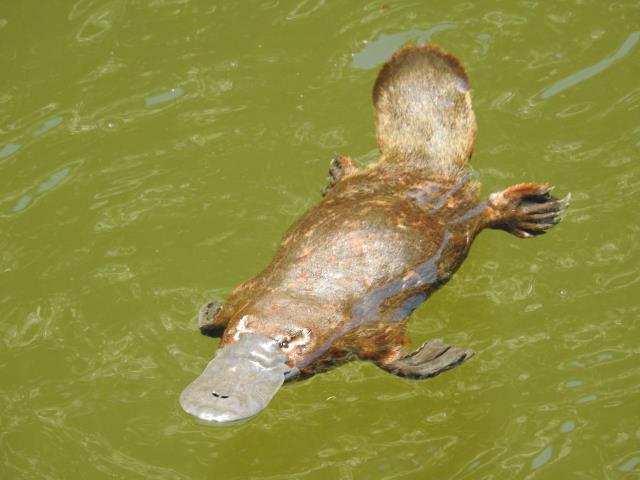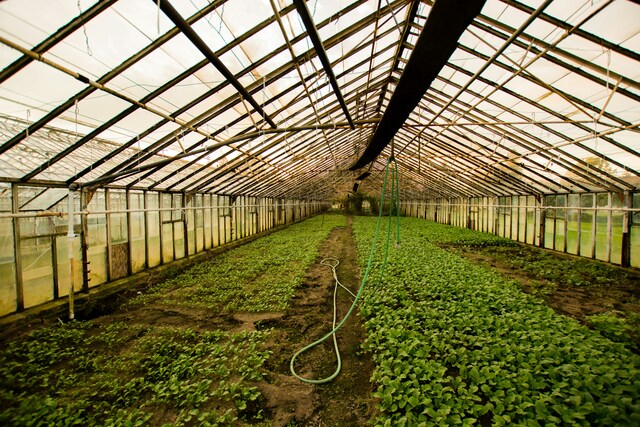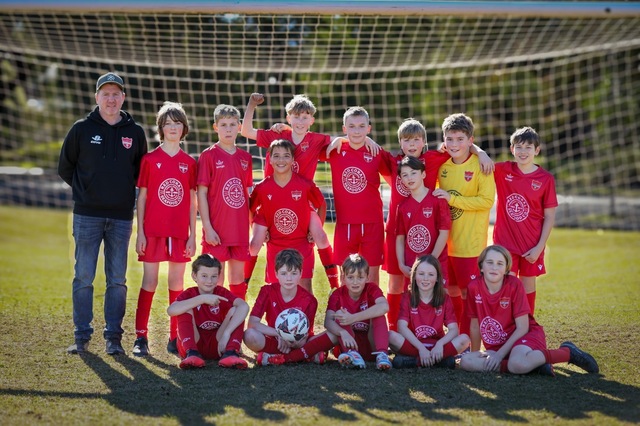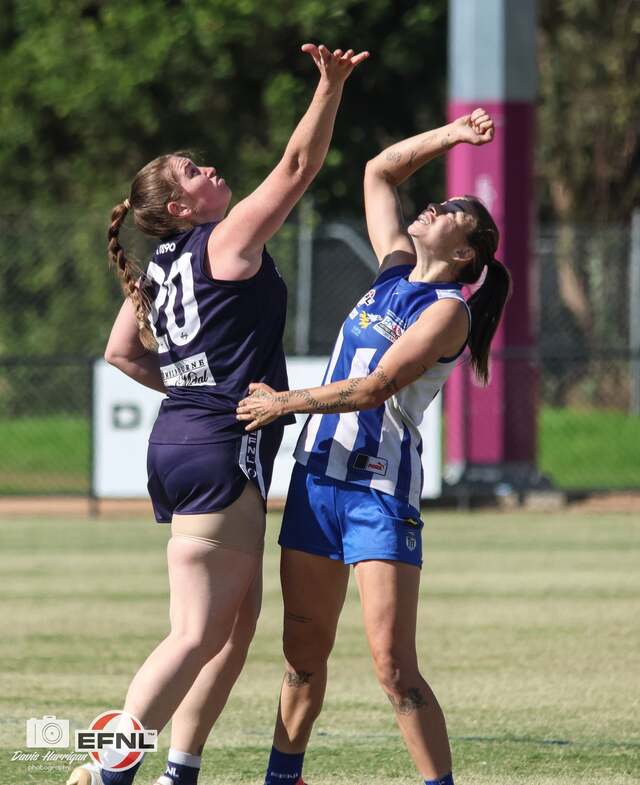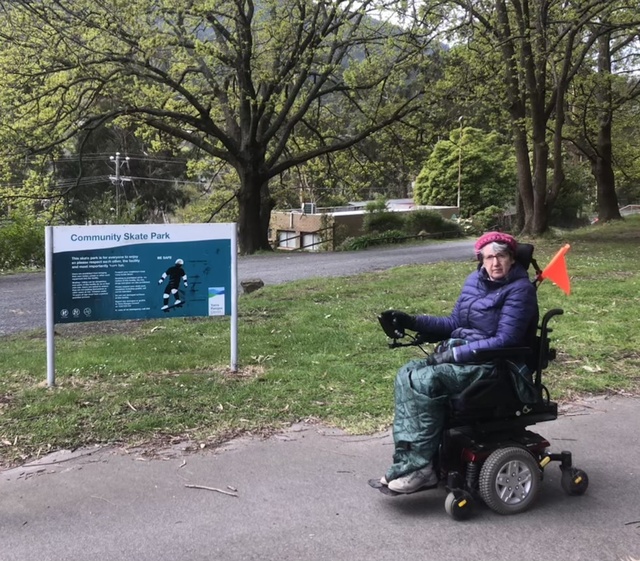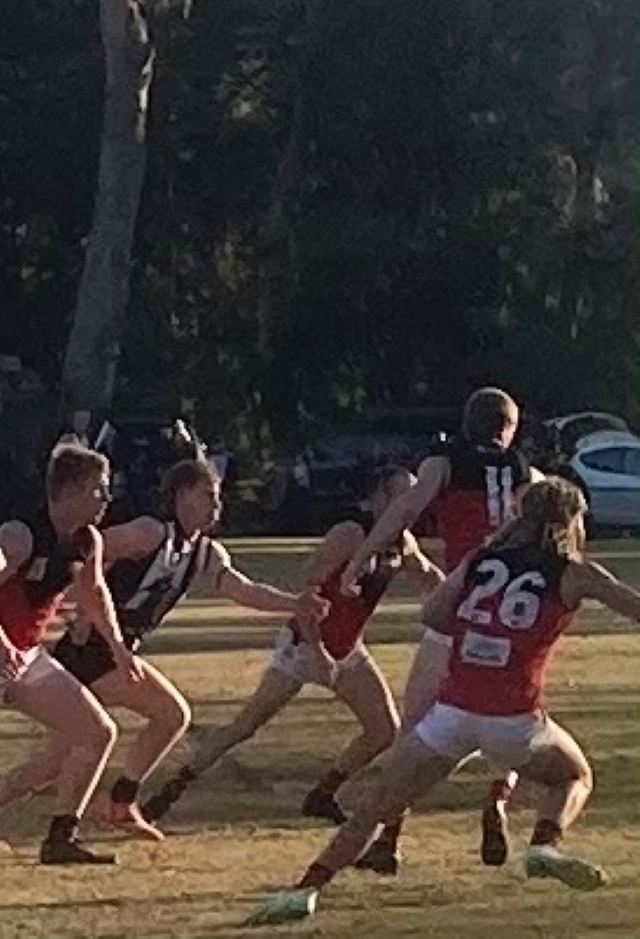The Victorian Government has allocated $5 million in funding for the construction of a state-of-the-art Australian Platypus Conservation Centre at Healesville Sanctuary.
The centre, announced on Saturday 13 February by Minister for Energy, Environment, and Climate Change Lily D’Ambrosio, follows a $300,000 government investment in 2021 to support key platypus habitat site restoration works and long-term planning to ensure the beloved native species has a healthy future.
“We are continuing to invest in protecting Victoria’s diverse and wonderful native wildlife, supporting critical research, habitat protection, and the amazing efforts of wildlife carers,” Ms D’Ambrosio said.
“This new research and conservation centre will ensure our expert scientists can continue to work on protecting the iconic platypus.”
The centre will be used by world-leading platypus researchers to conduct biological and behavioural research to help Australia-wide conservation efforts.
Healesville Sanctuary director Ross Williamson said the sanctuary is very grateful for the funding of the centre given their history of working with platypus.
“Healesville Sanctuary has long been the home of platypus since 1943 when the world’s first captive-born platypus was bred here,” he said.
“This funding will allow our experts at the Sanctuary to keep growing their conservation research, so we can better protect this unique species, and provide the ability to rehabilitate platypus injured in extreme weather emergencies.”
The construction of the centre is a part of the Icon Species Program, which has provided more than $2.6 million to support 19 of Victoria’s iconic species over the past five years.
This includes injecting more than $870,000 for 14 projects across the state to support the ongoing protection of icon species including the Brush-tailed Rock Wallaby, Eastern Barred Bandicoot, Southern Bent-Wing Bat, Burranan Dolphin, Eltham Copper Butterfly, Bogong Moth, and Mountain Pygmy Possum.
$292,000 is also being directed to 122 of the state’s hardworking wildlife rehabilitators as part of the Wildlife Rehabilitator Grants Program. Wildlife rehabilitators are critical in caring for injured or displaced native animals. This year’s program includes an extra $60,000 in support for rehabilitators impacted by the July storms.
Programs like the Icon Species program and Wildlife Rehabilitator Grants Program come under the government’s Biodiversity 2037 plan aiming to stop the decline of native plants and animals and improve the state’s natural environment. This has resulted in nearly $500 million being invested in protecting biodiversity and the natural environment since 2014.

